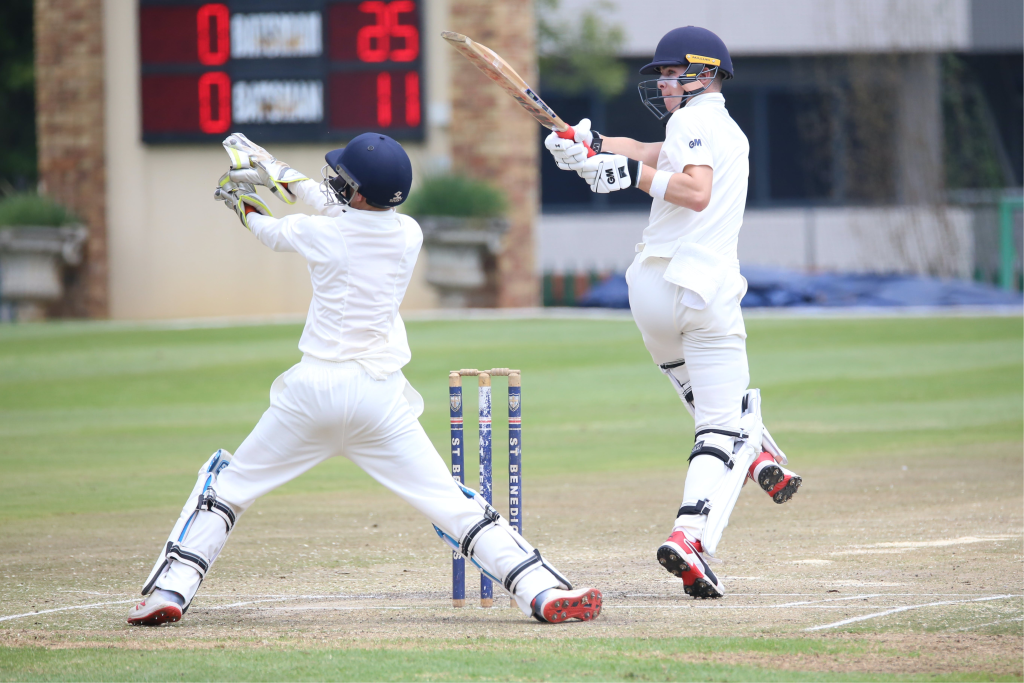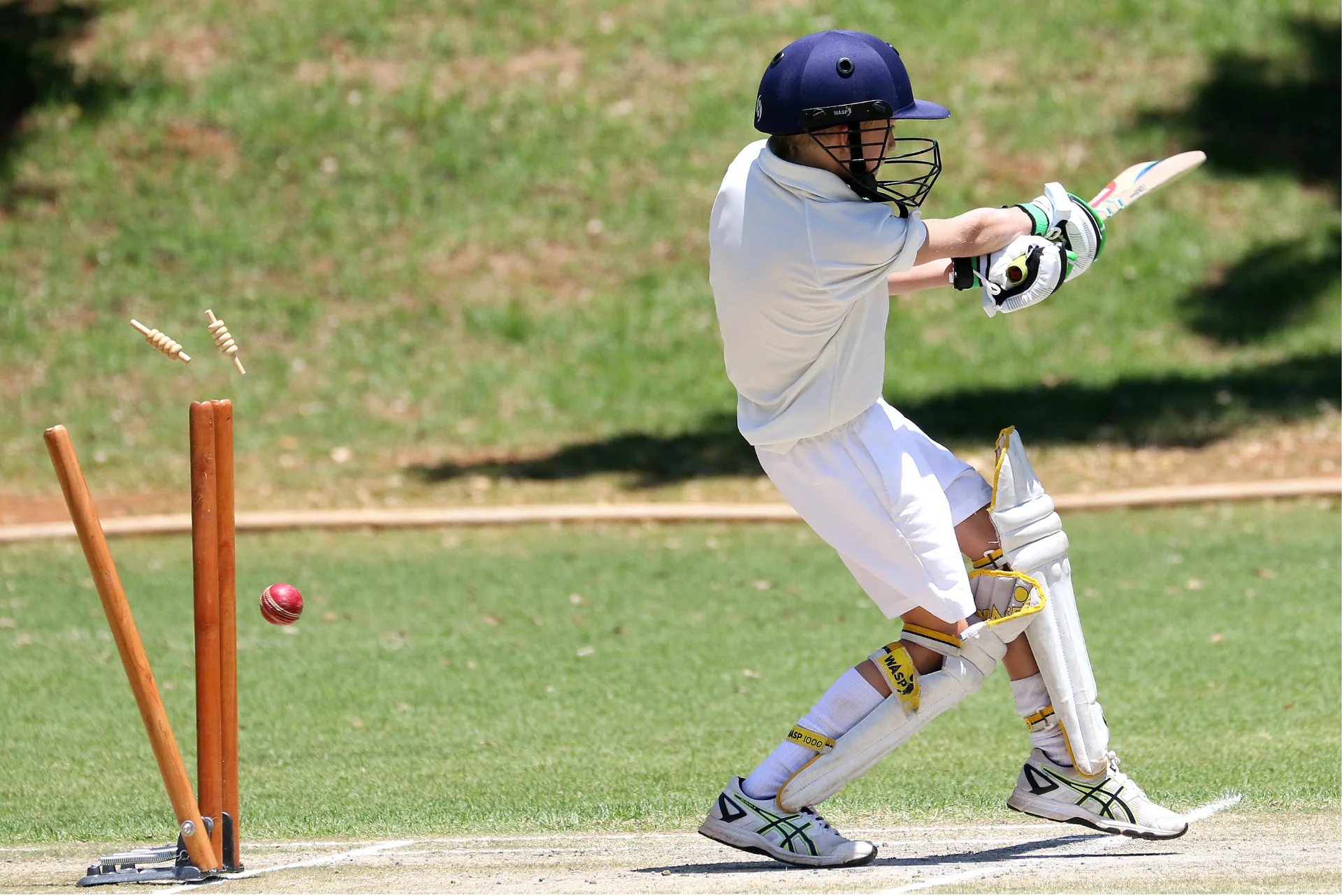Understanding the Various Types of Out in Cricket – A Comprehensive Guide
In the exciting game of cricket, the concept of “out” plays a pivotal role. To fully grasp the intricacies of the sport, it is essential to understand the various types of dismissals that can occur.
This comprehensive guide will delve into each method of getting out in cricket, providing an in-depth exploration of the subject.
What is an Out in Cricket?
In cricket, the term “out” refers to the dismissal of a batsman, signaling the end of their turn to bat.
It occurs when a legitimate mode of dismissal takes place. Specifically, it involves catching, bowling, running out, or other recognized methods.
When umpires declare a batsman out, they must leave the field and their team replaces them with another player.
Importance of Getting Batsmen Out in Cricket
Dismissing the opposition’s batsmen is vital for several reasons:
a) Breaking Partnerships: When batsmen settle at the crease and build a partnership, they become more difficult to dislodge. Getting a key batsman out in cricket not only breaks the partnership.
Interestingly, it also interrupts the flow of runs and puts pressure on the batting team.
b) Changing Momentum: A well-settled batsman can dictate the tempo of the game, scoring runs freely and demoralizing the fielding side.
By taking their wicket, the fielding team can shift the momentum in their favor. This, in turn, boosts their confidence and deflates the batting team.
c) Exposing Lower-Order Batsmen: Dismissing top-order batsmen exposes the batting order that can include less experienced or skillful lower-order batsmen. These batsmen may be susceptible to pressure, resulting in quick wickets and potential collapse of the batting side’s innings.
d) Restricting the Opposition’s Score: Each batsman dismissed represents a reduction in the potential score of the opposition. By continuously taking wickets, the fielding team can restrict the batting side’s total and enhance their chances of victory.
Historical Out in Cricket
Throughout cricket, numerous dismissals have captivated fans and etched their names in the history of the game. From extraordinary catches to sensational run-outs, these historical outs have become iconic moments.
Some notable examples include:
- Jonty Rhodes’ acrobatic run-out in the 1992 World Cup, diving full-length to dismantle the stumps and dismiss Inzamam-ul-Haq.
- Shane Warne’s “Ball of the Century” to dismiss Mike Gatting in 1993, showcasing exceptional spin and deception.
- Adam Gilchrist’s lightning-fast stumping of Moin Khan during the 1999 Test match, highlighted the agility and skill of the wicket-keeper.
The 10 Ways to Be Out in Cricket
Caught Out
When a fielder catches a ball hit by the batsman before it touches the ground, the batsman is considered “caught out.” It is one of the most common modes of dismissal in cricket and showcases the fielder’s skills and agility.
Bowled Out
In this mode of dismissal, the bowler successfully delivers the ball, and it hits the stumps, dislodging the bails. The batsman is then declared “bowled out”. It showcases the precision and accuracy of the bowler’s delivery.
LBW (Leg Before Wicket)
LBW refers to a dismissal where the ball would have hit the stumps but instead hits the batsman’s leg before making contact. Additionally, if the umpire determines that the ball would have gone on to hit the stumps, the batsman is given out in cricket.
Run Out
Runouts occur when a fielder successfully dislodges the bails before the batsman reaches the crease while attempting to complete a run. It involves strategic fielding, accurate throwing, and swift reflexes.
Stumped Out
When a batsman leaves their crease to play a shot and the wicket-keeper successfully removes the bails before the batsman regains their ground, the batsman is declared “stumped out”. It requires quick thinking and agility from the wicketkeeper.

Hit-Wicket
This unusual mode of dismissal happens when a batsman accidentally hits their wicket with their bat or any part of their body while attempting a shot. It emphasizes the importance of maintaining balance and control during batting.
Timed Out
In a rare occurrence, a batsman can be given out if they take too long to arrive at the crease to face the next delivery. Timed-out dismissals highlight the need for players to be prompt and ready during the game.
Handled the Ball
If a batsman intentionally handles the ball without the fielders’ consent, they can be dismissed for “handling the ball”. It is an uncommon mode of dismissal that showcases the importance of fair play.
Obstructing the Field
If a batsman deliberately obstructs the fielding side’s attempt to make a run out in cricket, they can be given out for obstructing the field. It stresses the spirit of fair play and discourages actions that impede the game.
Retired Out
A batsman can retire out voluntarily, usually due to injury or illness, and can resume their innings later if conditions permit. Retired out in cricket dismissals allow for flexibility in accommodating unforeseen circumstances.
Other Notable Types of Dismissals
Apart from the ten major modes of dismissal, other less common types can occur. These include hit-wicket, retired hurt, timed out, & more.
While they may not frequently transpire, they contribute to the diverse and intriguing aspects of the game.
Conclusion
Understanding the various types of out in cricket is crucial for players, fans, and enthusiasts alike. Each mode of dismissal adds excitement and strategic depth to the game. Furthermore, it highlights the skills and abilities of both batsmen and fielders.
By exploring the various forms of dismissal, one can gain a comprehensive understanding of cricket’s structure.
As you continue to enjoy the enthralling world of cricket, remember to appreciate the significance of these dismissals and the impact they have on the game.
So, whether you find yourself at the crease or cheering from the stands, immerse yourself in the excitement of cricket’s ‘out’ rules and immerse yourself in the game fully!




